Lemon balm, Melissa officinalis, is a staple in my herb garden for a few reasons.
Firstly, this easy-to-grow aromatic plant provides plentiful harvests during summertime. And secondly, the aerial parts make a delicious and calming herbal infusion.
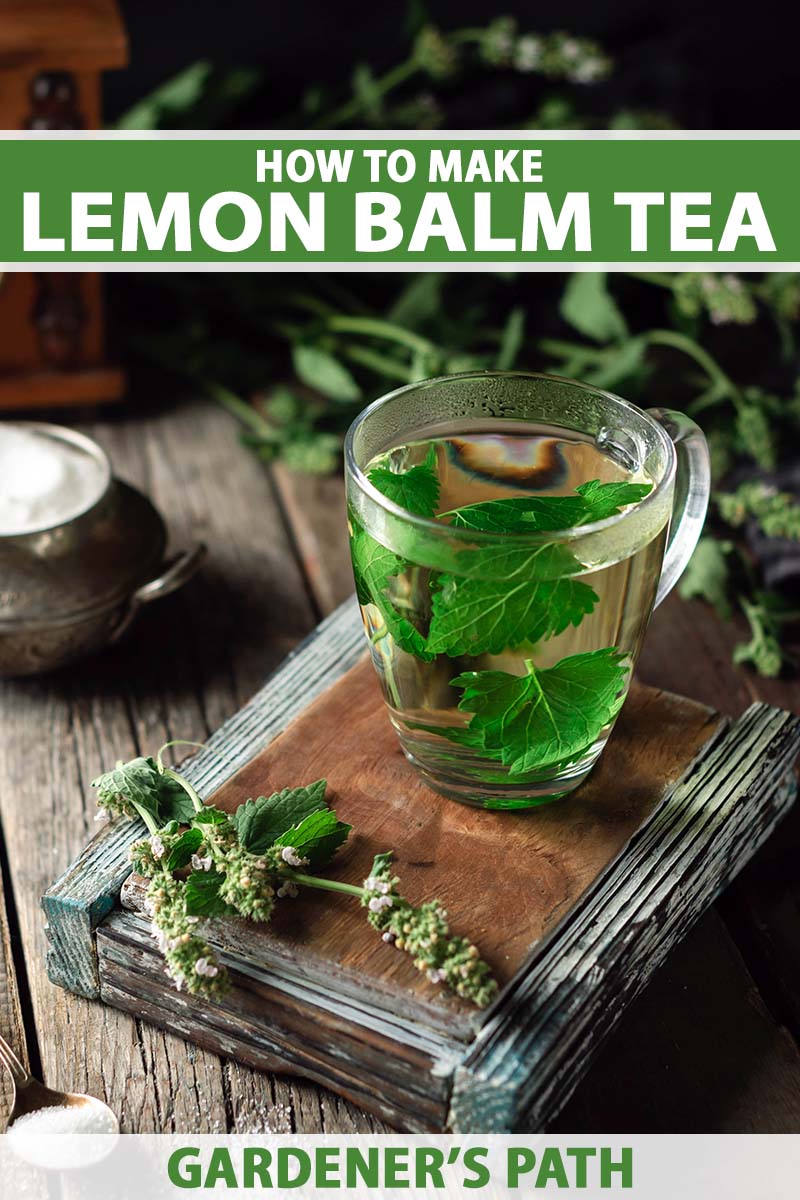
We link to vendors to help you find relevant products. If you buy from one of our links, we may earn a commission.
There’s more than one way to make herbal tea with M. officinalis, and I encourage you to try both cold and hot infusions to experience the difference between the two.
A cold infusion will provide you with the lovely aromatics of lemon balm while calming your mind and uplifting your spirit. And a hot infusion is best to access the full spectrum of this plant’s medicinal constituents.
Continue reading to learn the best methods for making lemon balm tea.
Here’s what we’ll cover:
How to Make a Lemon Balm Infusion
Benefiting from Natural Ingredients
Making yourself a cup of herbal tea is a wonderful form of self-care that connects you to the natural world and the practice of herbalism.
If you are curious about delving deeper into crafting remedies from the plants you grow in your garden, “The Healing Garden: Cultivating & Handcrafting Herbal Remedies” by Juliet Blankespoor is a helpful and inspiring book that gives you a comprehensive and lushly photographed guide to growing and using healing plants, including recipes, from the founder of the Chestnut School of Herbal Medicine.

The Healing Garden: Cultivating & Handcrafting Herbal Remedies
This fantastic reference book is available on Amazon.
One of the most beneficial ways of experiencing the healing power of herbs like M. officinalis is by enjoying them as infusions throughout the day.
A Medicinal Plant
This lemon-scented plant has many healing virtues. It’s commonly known as a nervine that can help to assuage symptoms of mild depression and anxiety.

In addition, some herbalists describe it as a trophorestorative for the nervous system. Trophorestoratives can help to restore the function of an exhausted and overworked nervous system.
Lemon balm is also considered a heart tonic.
Often referred to as “heart’s delight” because of the support it may provide to the cardiovascular system, this makes it a fitting choice for some who experience heart palpitations or high blood pressure.
Note, of course, that medicinal plants will affect everyone differently, and any potential drug interactions or personal health needs should always be taken into consideration, with the guidance of a trained health professional.
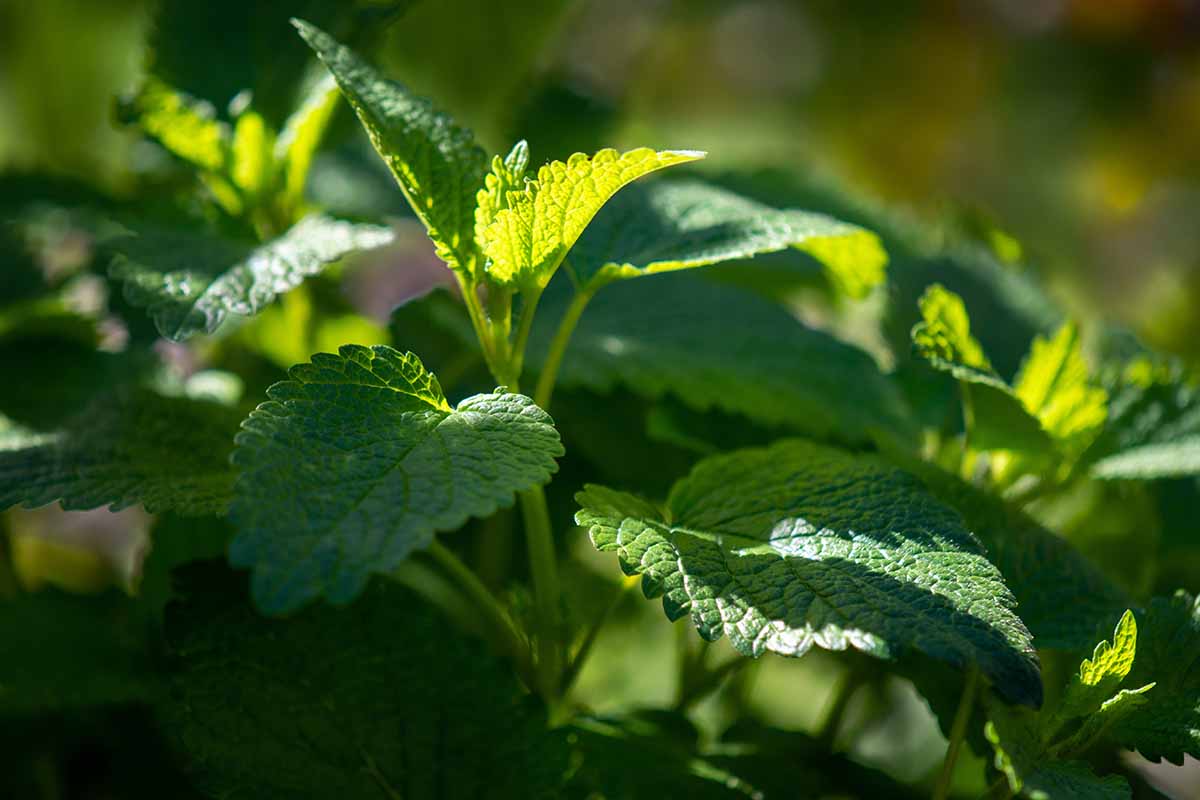
Including infusions of M. officinalis in your daily routine may serve as a complementary approach to supporting mental health, especially for those who experience mild anxiety and depression.
Its mild depressant properties can also help to calm tension and alleviate stress associated with digestive complaints.
Not only does it calm digestive tension, it can also help treat migraines associated with tension.

The antispasmodic (pain-relieving) and nervine (calming sedative) actions of lemon balm make it a recommended selection for helping with insomnia, especially when paired with other sedative herbs like California poppy and passionflower.
M. officinalis also provides excellent carminative action, which can help to ease bloating and gas. It’s a plant commonly included in herbal infusion blends to help relieve indigestion.
This herb is also considered a diaphoretic, an action that promotes sweating, making it an appropriate remedy for symptoms of the flu and fevers.
When taken proactively, thanks to lemon balm being both antiviral and antimicrobial, it may also help to ward off harmful bacteria, fungi, viruses, and protozoans, providing support for the immune system.
Recipe for Calming Herbal Tea
I enjoy warm cups of lemon balm tea when I want to benefit from the plant’s excellent healing actions, and I like enjoying a cold infusion during the summertime to help me unwind and cool down.
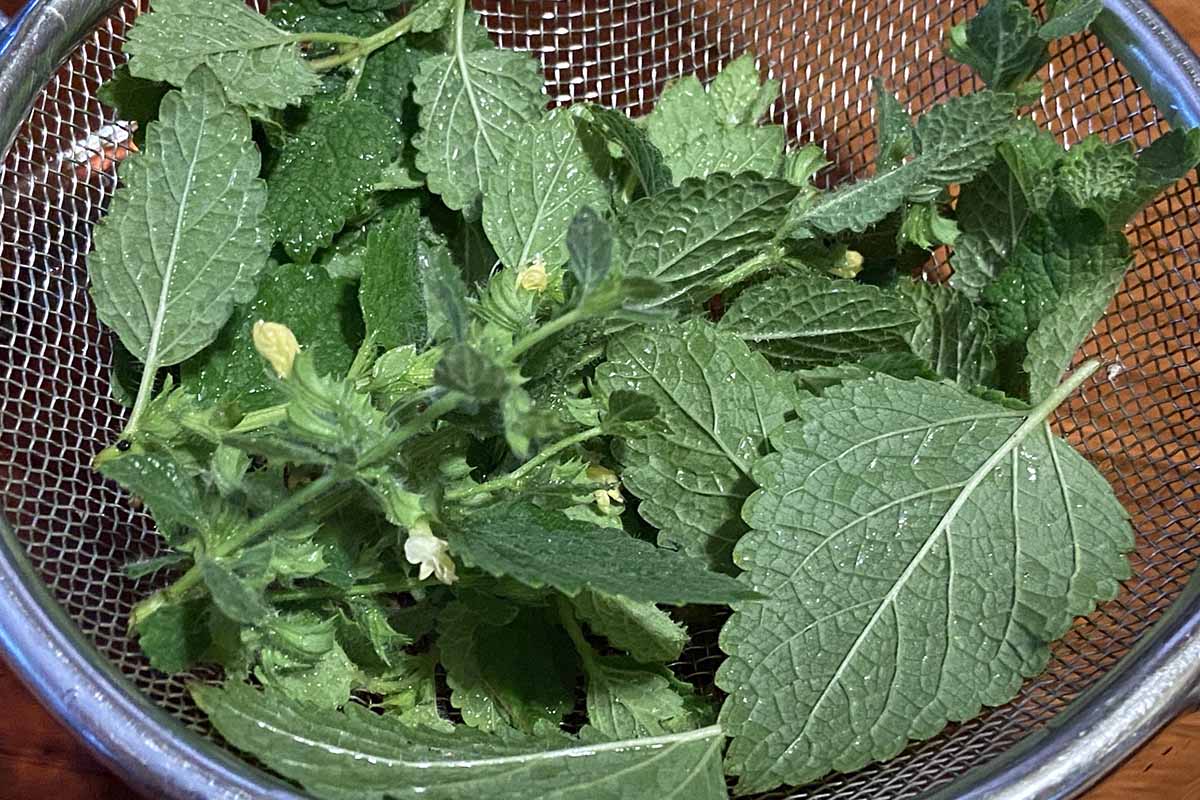
Below I’ll highlight simple ways to make your cold infusion, followed by how to make a warm cup of lemon balm tea for medicinal benefits.
Cold Infusion Instructions
You’ve probably seen pitchers of water filled with herbs at a restaurant, event, or on the internet!
It’s easy to flavor water with aromatics from healing plants, and lemon balm is one of the best options for infusing cold or room temperature water, thanks to the leaf’s strong citrus flavor.
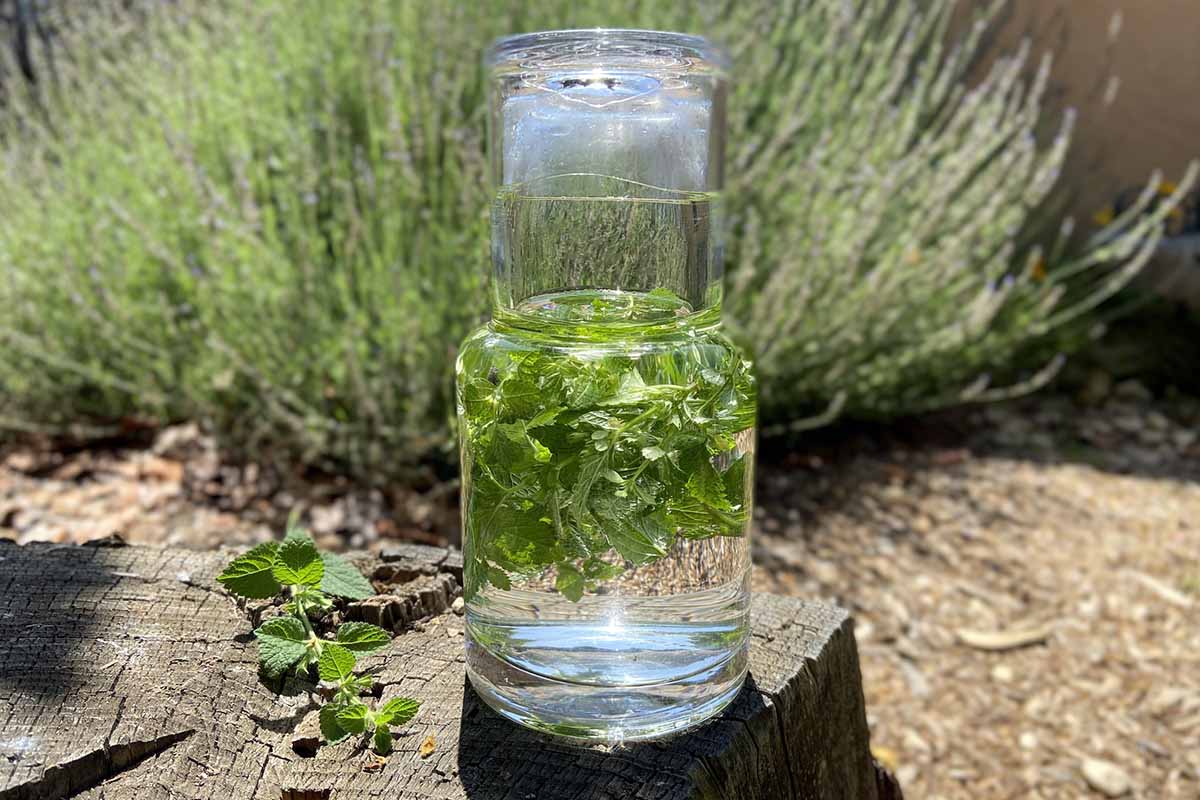
For this cold infusion, I recommend using fresh herbs.
To make four cups of cold infused water, you will need six to 10 sprigs of fresh lemon balm.
Here’s how to make it:
1. Gently rinse your herbs.
2. Slap the herbs against a palm or on the countertop to release their aromatics.
3. Place in a 32-ounce jar or container with a lid.
3. Pour in four cups of natural spring water and close the container.
4. Place in the fridge, and infuse for at least four hours or up to overnight. Some people like to do a solar infusion throughout the day and then place their infusion in the refrigerator to steep overnight instead.
5. Strain before enjoying, or leave the leaves in if you like. If desired, top with a fresh lemon balm sprig before serving.
This type of infusion is intended to be enjoyed fresh, but any leftovers can be stored in the refrigerator for one more night.
Warm Infusion Instructions
Below is a simple guide that provides recommended measurements when using fresh or dried lemon balm to benefit fully from the healing properties of this aromatic herb.
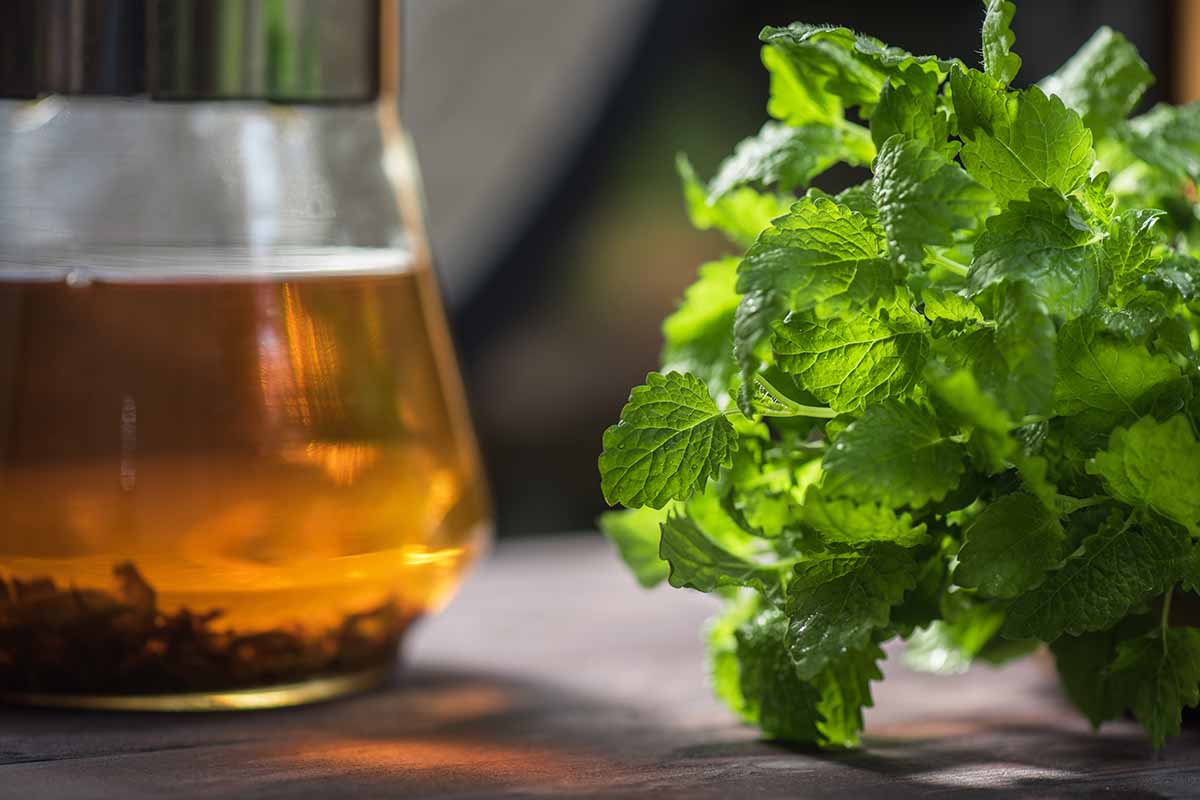
You can double or triple the ingredients to make additional cups of tea. If you want to sweeten your infusion, you can add your sweetener of choice to taste.
To make one cup of warm lemon balm tea you will need two to three tablespoons of the dried herb, or four to six grams fresh (about four to six sprigs).
1. Fill a kettle or pot up with water for however many cups you will be infusing.
2. Turn on the flame and bring the water to a boil.
3. While the water is heating up, measure out the dried lemon balm. If you’re using fresh sprigs, give them a gentle rinse before infusing them.
4. Place your herbs in a heat-safe container with a lid.
5. Pour the boiling water over them and close the container.
6. Allow your tea to infuse for 10 to 15 minutes.
7. Uncover and add your choice of sweetener to taste.
Drink this beverage warm to benefit from the herb’s healing properties.
A Cup of Homegrown Tea
The preparations described above provide you with a good foundation to create a flavorful and calming cold infusion and a warm medicinal cup of lemon balm tea, and these ratios of ingredients serve as an excellent starting point.
The fun part is adding complementary herbs and spices to make your own herbal blend!
And if you want to learn more about how to grow lemon balm, check out our guide.
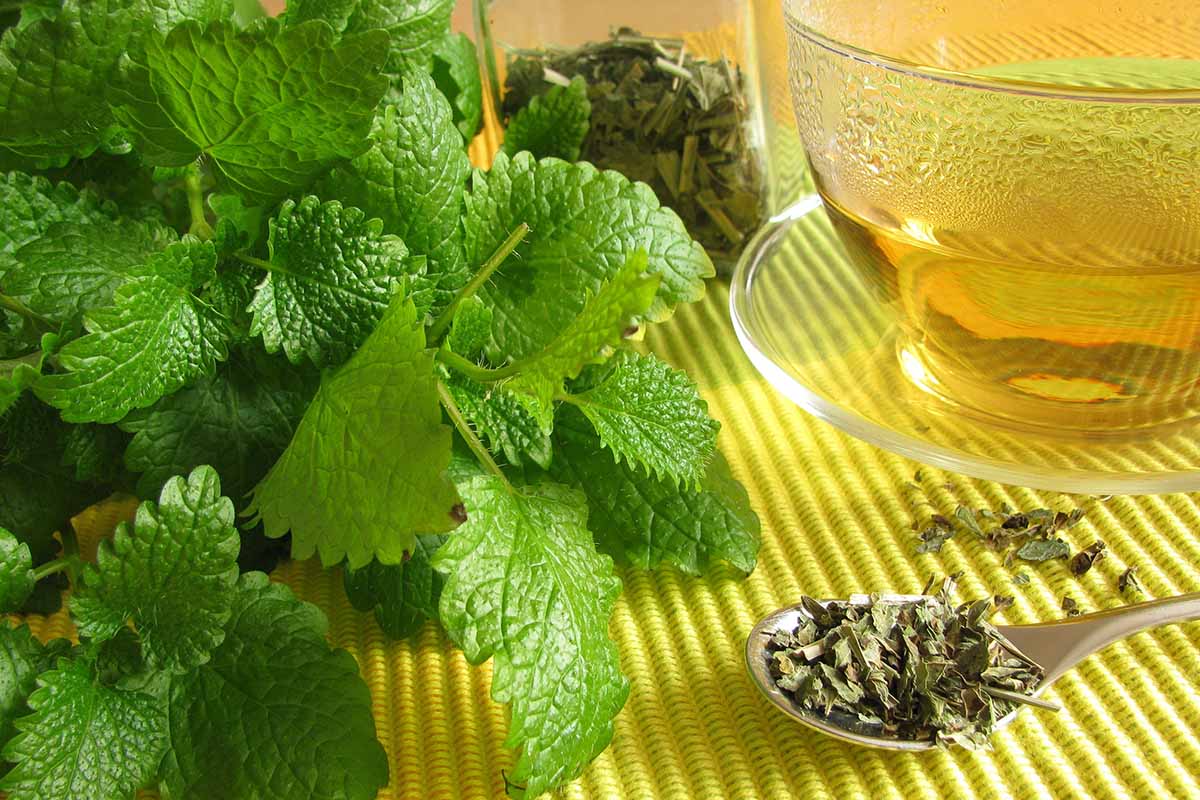
I hope this tea-making breakdown has empowered and inspired you to make herbal infusions with M. officinalis. Is lemon balm a star in your tea blends? Let us know by commenting below.
If you enjoyed this guide, check out these articles that also highlight how to work with healing herbs next:

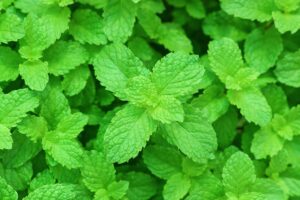
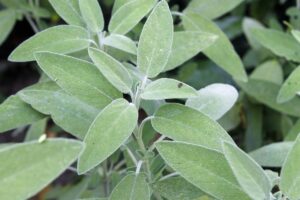
Pineapple sage is nice with this herb too! And just a little mint (or chocolate mint!)